5 Hidden Sources of Sugar
Find out which everyday foods hide surprisingly high amounts of sugar.
Updated on October 24, 2023
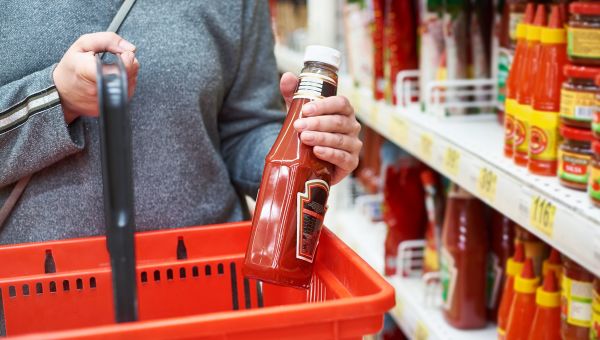
When you think of sugary foods, things like cookies and ice cream probably come to mind. But some foods that you think are "healthy" may have more sugar than you realize.
A little sweetness every now and again is generally ok, but over the long-term, eating foods with a lot of added sugar can increase your risk for major health issues such as diabetes, high blood pressure, and obesity. Chronic conditions like these develop gradually and often quietly. Of the roughly 37 million adults in the United States who have diabetes, for example, about 20 percent of them may be unaware of their condition, according to the Centers for Disease Control and Prevention.
Added sugars are sweeteners—like sugar, high-fructose corn syrup, or honey—added to processed and prepared foods. (Naturally occurring sugars found in foods like fruit and milk are not considered added sugars.) The American Heart Association recommends limiting added sugars to 6 percent of your daily calories. For most women, that’s about 100 calories per day (equivalent to six teaspoons, or 25 grams). For men, that’s about 150 calories per day (roughly nine teaspoons or 38 grams).
Here are five foods that are high in hidden sugars. You might be shocked by what you discover.
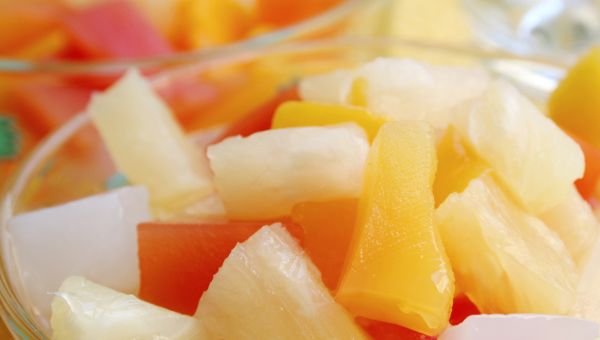
Canned Fruit
Fresh fruit is an important part of a healthy diet and is loaded with vitamins and minerals. Although it is relatively high in a naturally occurring sugar called fructose, whole fruit is also packed with fiber, which helps slow down sugar absorption in the body. Processed fruit, on the other hand (the kind that comes in a can or plastic cup), may contain sweeteners like corn syrup or fruit juice concentrate, which brings the health value down and the sugar content up.
For example, a typical canned tropical fruit salad in light syrup with passion fruit juice contains 11 grams of added sugars per half cup. Heavy syrup ups the sugars even more: A grocery-store fruit cocktail in heavy syrup has 13 grams of added sugars per half cup. If you can’t buy fresh fruit, look for products packed in water or with “no added sugars” on the label.

Yogurt
Yogurt, a strong source of calcium and protein, can be a nutritious part of your healthy eating plan. A 6-ounce serving of plain Greek yogurt may contain between 5 to 6 grams of naturally occurring sugar in the form of lactose. But it’s easy for an otherwise healthy food to become loaded with sugar.
Many leading brands of flavored yogurts or ones with fruit at the bottom can have high amounts of added sugars. For example, two-thirds of a cup of simple vanilla yogurt can contain as much as 17 grams of added sugars. Your best bet is to choose plain, low-fat, or nonfat yogurt and stir in slices of fresh fruit yourself.
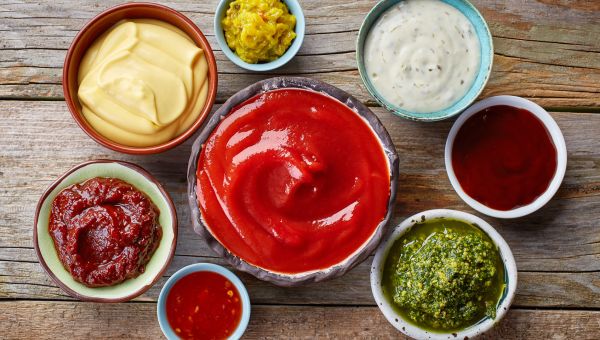
Condiments
Did you know that many condiments contain added sugars, and can also be high in sodium, to boot? Here’s a sample of some popular ones:
One popular brand of ketchup contains 4 grams of added sugar per tablespoon. Bottled barbeque sauce may have as much as 12 grams of added sugars per two tablespoons. And though you may not suspect salad dressing as a sugary food, store-bought balsamic vinaigrette boasts around 3 grams of added sugars per two-tablespoon serving.
The amount of added sugars in some condiments may not sound like a lot, but if you frequently flavor your foods, it can add up fast. Condiment ingredients can vary widely, but many include high-fructose corn syrup, corn syrup, and sugar. Check labels carefully. If added sugars are listed among the first two or three ingredients, skip it. Instead, try flavoring your foods with sugar-free herbs and spices, like rosemary, basil, or paprika. For salad dressing, a simple splash of olive oil and vinegar or lemon juice can do the trick.
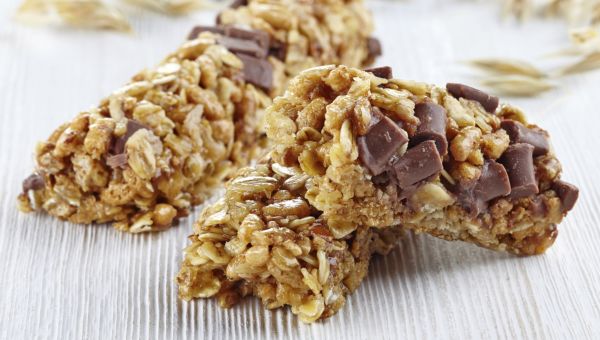
Breakfast and Snack Bars
Reaching for a breakfast bar in the morning or an on-the-go snack bar in the afternoon might seem like a great idea when you’re in a hurry. The trouble is, many bars tend to skimp on fiber and bulk up on the sweet stuff. Even healthy sounding choices may contain as much as 11 grams of added sugar (and just 2 grams of fiber) per two-bar serving. As an alternative snack that offers crunch and fiber, try fresh fruit, chopped veggies, or a handful of nuts.
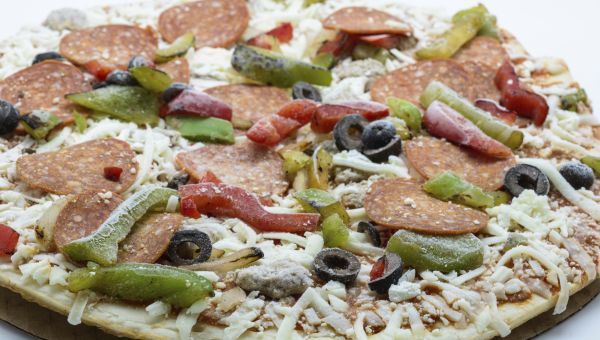
Frozen Meals
It’s hard to resist heating up a frozen entree at the end of a long day or when you’re short on time. But heavily processed foods like pizza and microwavable dinners can have a lot of hidden sugar. Even the ones labeled “organic” or “natural” often contain a substantial amount of high-fructose corn syrup, brown sugar, or cane sugar. (“Natural” really only means the product doesn’t contain added colors, artificial flavors, or preservatives, and says very little about its relative healthfulness.)
Many frozen meals that are marketed as being lower in calories and fat tend to have the most added sugars because it's often used to enhance flavor. For example, a popular frozen sweet and sour chicken protein bowl contains 15 grams of added sugars per one-package serving. As always, check the nutrition label before you buy.

Krispy Kreme. Original Glazed Doughnut. Accessed August 4, 2022.
Centers for Disease Control and Prevention. What is Diabetes? Last reviewed July 7, 2022.
American Heart Association. Added Sugars. Last reviewed November 2, 2021.
Centers for Disease Control and Prevention. Know Your Limits for Added Sugars. Last reviewed January 13, 2022.
More On


video

article
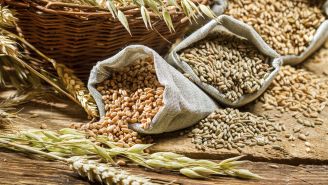
slideshow


video


video
